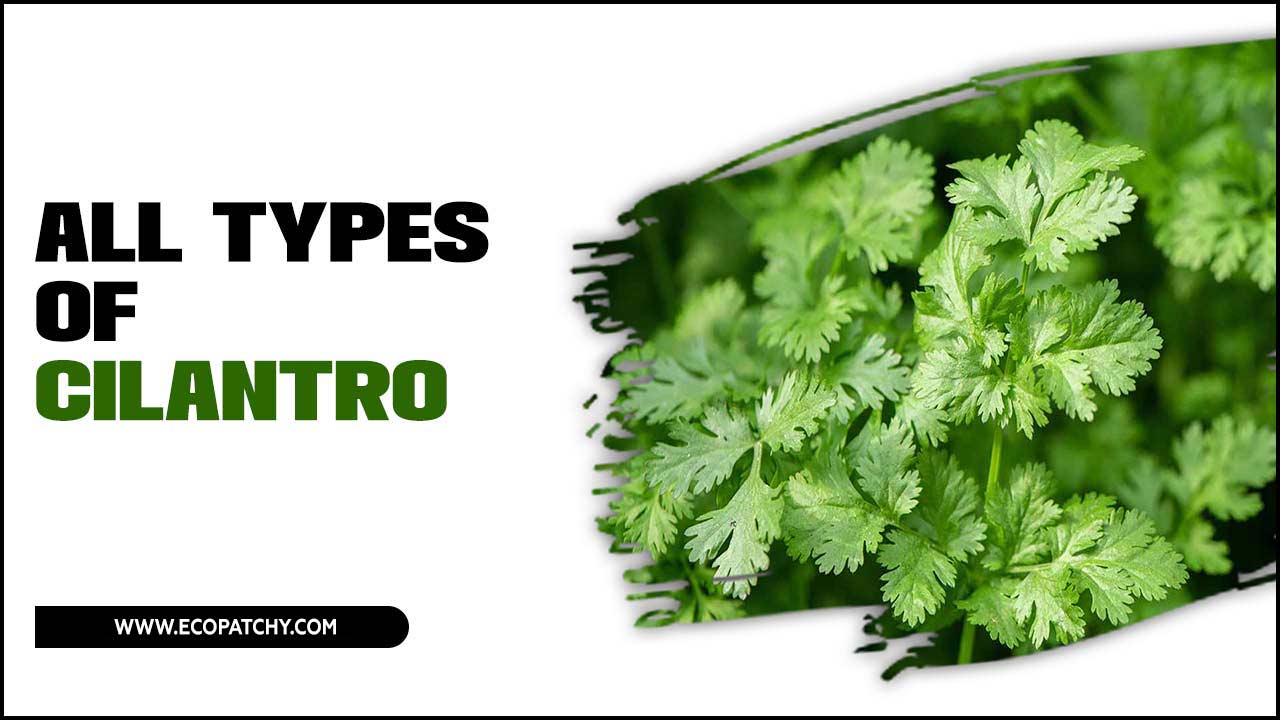How To Care For Begonias In Pots Outdoors: Essential Tips

How to Care for Begonias in Pots Outdoors
Begonias love warmth and humidity. They thrive in well-drained soil and bright, indirect light. Regular watering keeps them happy, but avoid soaking them. Did you know begonias can actually bloom all summer long with the right care? To protect them from harsh weather, consider bringing your pots inside during chilly nights. Remember, a little attention goes a long way in keeping these vibrant flowers healthy and blooming outside!Choosing the Right Pot for Begonias
Importance of drainage holes. Size and material considerations.Picking the right pot for your begonias is vital. First, ensure it has drainage holes. These holes let water escape, preventing soggy soil and sad plants. If the pot holds too much water, your begonias might drown! Next, consider the pot’s size and material. A pot that is too small restricts growth. Usually, a 6-8 inch pot works well. Clay pots are great for airflow, but plastic ones are lighter and easier to move—perfect for your garden dance moves!
| Pot Size | Material | Drainage |
|---|---|---|
| 6-8 inches | Clay or Plastic | Yes! |
Soil Requirements for Outdoor Begonias
Ideal soil mix for begonias. pH level recommendations.Begonias love a cozy home, and the right soil is key! An ideal mix for outdoor begonias includes equal parts potting soil, peat moss, and perlite. This blend helps with drainage and keeps roots happy. Aim for a soil pH of around 6.0 to 7.0. Too low or too high? That’s like serving cake without frosting—just wrong! Here’s how your soil should look:
| Soil Component | Amount |
|---|---|
| Potting Soil | 1 part |
| Peat Moss | 1 part |
| Perlite | 1 part |
Mix it well, and you’ll be on your way to blossoming begonias! Remember, a little pampering goes a long way!
Watering Techniques and Frequency
Signs of overwatering and underwatering. Best practices for watering begonias.Watering your begonias correctly is key. Overwatering makes leaves yellow and may cause them to drop. Underwatering leads to dry, crispy edges. To find the right balance, follow these tips:
- Check the top inch of soil. It should feel moist but not soggy.
- Water early in the morning when temperatures are cooler.
- Use pots with holes to let excess water drain out.
- Avoid watering leaves to prevent rot.
Begonias love a little care and attention. Keep an eye on the soil, and your plants will thrive!
What are signs of overwatering and underwatering?
Signs of overwatering include yellow leaves and mushy roots. Underwatering causes dry, brown edges and wilting leaves.
Light Conditions for Optimal Growth
Recommended sunlight exposure. How to adjust placement for seasonal changes.Begonias love sunlight, but not too much! Aim for four to six hours of bright, indirect light each day. Too much sun can make them feel all hot and bothered, like your grandma at a summer picnic. As the seasons change, make sure to shift your pots. Move them to a place where they can soak up the cozy winter sun. Check out this table for quick tips:
| Season | Sunlight Needs | Placement Tips |
|---|---|---|
| Spring | Bright, indirect | Near east-facing windows |
| Summer | Filtered sunlight | Under a shade or tree |
| Fall | Indirect | Close to sunlight sources |
| Winter | Direct sunlight | South-facing windows |
Fertilizing Begonias for Healthy Growth
Types of fertilizers to use. Application frequency and methods.To keep your begonias happy, proper fertilizing is a must. Choose balanced fertilizers, like 10-10-10, which provide equal nutrients. Liquid fertilizers are great for pots, as they quickly feed the plants.
Apply fertilizer every 4-6 weeks during the growing season. Be careful not to overdo it, as too much can harm your begonias. Always water your plants after fertilizing to help the nutrients soak in.
What type of fertilizer should I use for begonias?
Use balanced fertilizers like 10-10-10 or liquid options for pot begonias. These help support healthy growth.
How often should I fertilize begonias?
- Every 4-6 weeks during spring and summer.
- Avoid fertilizing in winter when plants are dormant.
Pest and Disease Management
Common pests affecting begonias. Preventative measures and treatment options.Begonias can be deliciously colorful but may attract pesky guests. Common culprits are aphids, spider mites, and whiteflies. They can make your beautiful blooms feel like a buffet! To keep these pests away, regularly check your plants for signs of trouble. Spray some water to wash them off, or use insecticidal soap if they become too clingy. Here’s a quick tip: always wear your best gardening gloves, even if they’re a little tacky!
| Pests | How to Spot Them | Treatment |
|---|---|---|
| Aphids | Small, green or black bugs clustered on leaves. | Use water spray or insecticidal soap. |
| Spider Mites | Fine webs and yellow spots on leaves. | Increase humidity and spray with neem oil. |
| Whiteflies | White, moth-like bugs on the underside of leaves. | Use sticky traps or insecticidal soap. |
Guarding your begonias from pests doesn’t have to be boring—think of it as a bug-busting adventure!
Pruning and Maintenance Practices
When and how to prune begonias. Importance of deadheading flowers.Pruning your begonias is like giving them a fresh haircut – it keeps them stylish! Trim back overgrown stems in early spring to encourage new growth. Don’t worry; it won’t hurt their feelings. Deadheading, or removing faded flowers, is super important too. It helps the plant save energy and grow more beautiful blooms. Think of it as making room for a new dance partner at the flower ball!
| Action | Best Time | Why It’s Important |
|---|---|---|
| Prune stems | Early spring | Encourages new growth |
| Deadhead flowers | As needed | Promotes more blooms |
Seasonal Care of Outdoor Begonias
Tips for spring and summer care. Preparing begonias for autumn and winter.Begonias need special care in each season. In spring and summer, water them regularly. They love bright light but not full sun. Fertilize every few weeks to help them grow. In autumn, prepare your begonias for winter by reducing water. Keep them in a warmer spot if it’s chilly. Before winter, check for pests and remove dead leaves.
- Water regularly in warmer months
- Fertilize every two to four weeks
- Reduce water in autumn
- Check for pests before winter
- Keep in a warm spot during winter
How do I keep begonias healthy all year?
To keep begonias healthy, adjust watering and light exposure as the seasons change. Give them enough nutrients in spring and summer. In colder months, protect them from frost and harsh conditions.
Propagating Begonias in Pots
Methods of propagation. Optimal timing for propagation efforts.Begonias are easy to propagate! You can grow new plants using some simple methods. Common ways include:
- Leaf cuttings: Cut a healthy leaf and place it in moist soil.
- Stem cuttings: Take a piece of the stem and put it in water or soil.
What is the best time for propagating begonias?
The best time to propagate begonias is during spring or early summer. These seasons have warm weather and plenty of light, which helps new plants grow strong.
Conclusion
In conclusion, caring for begonias in pots outdoors is simple and fun. Remember to choose the right pot and soil, water them regularly, and provide enough sunlight. Fertilize occasionally to keep them healthy. Now that you know how to care for your begonias, try these tips and enjoy their beauty! For more tips, check out gardening books or online resources.FAQs
What Are The Ideal Soil Conditions For Growing Begonias In Pots Outdoors?To grow begonias in pots outside, you need the right soil. Use a potting mix that drains well. This means it shouldn’t hold too much water. The soil should be rich in nutrients to help the begonias grow strong. Make sure to keep the soil slightly damp, but not soggy.
How Often Should I Water Potted Begonias, And What Signs Indicate They Need More Moisture?Water your potted begonias when the top inch of soil feels dry. This usually means watering once a week. You’ll know they need more water if the leaves look droopy or curl up. Yellow leaves also mean they might be thirsty. Always check the soil before watering!
What Is The Best Way To Provide Sunlight For Outdoor Begonias In Pots?To give outdoor begonias in pots the best sunlight, you should put them in a spot that gets bright, indirect light. They love some sun, but too much direct sunlight can hurt their leaves. Be sure to check them every day. If they look droopy, they might need more light or shade. Always water them when the top soil feels dry too!
How Can I Protect My Potted Begonias From Pests And Diseases Commonly Found In Outdoor Environments?To protect your potted begonias, check them for pests often. You can wash the leaves with water to remove bugs. Keep the plants away from other sick plants. Make sure they have good air flow and don’t get too wet. If you see any problems, ask an adult for help.
When Is The Best Time To Fertilize Outdoor Begonias In Pots, And What Type Of Fertilizer Should I Use?The best time to fertilize outdoor begonias in pots is in spring and summer. This is when they grow the most. You should use a balanced fertilizer, like a 10-10-10 type. This means it has equal parts of three important nutrients: nitrogen, phosphorus, and potassium. This helps your begonias grow strong and colorful!






